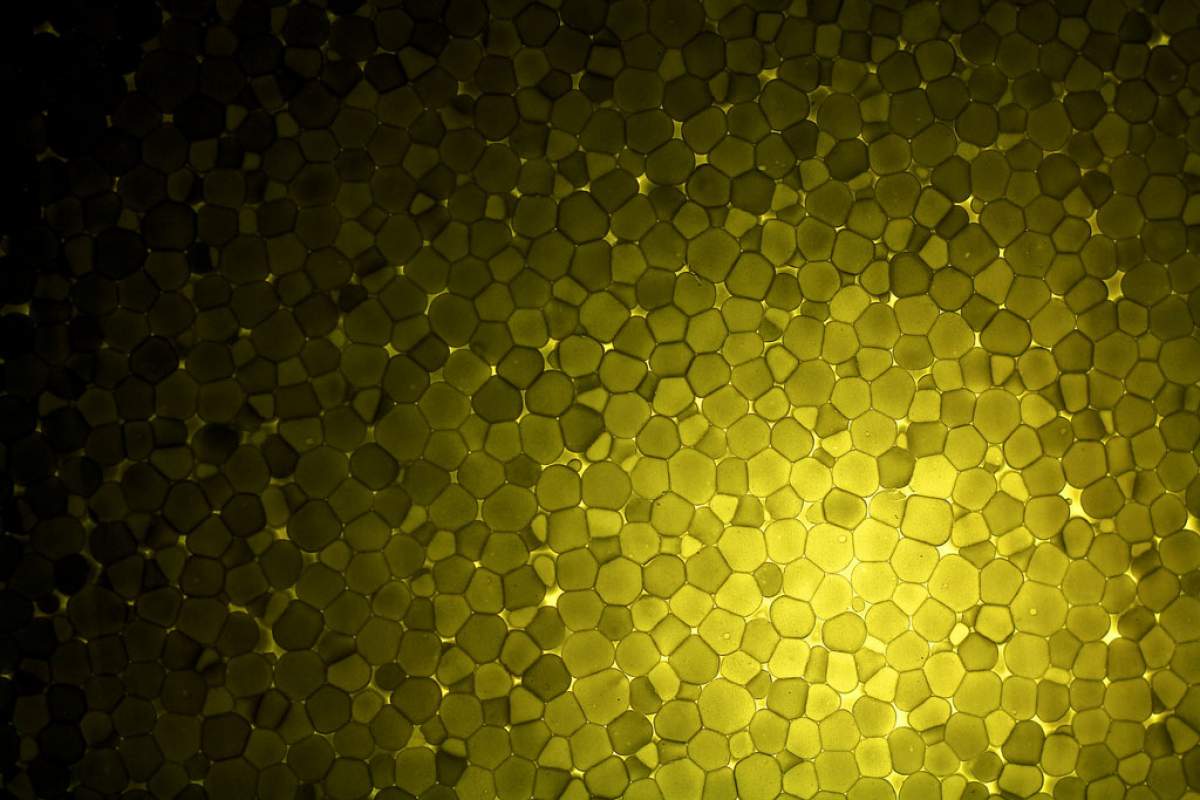
Almost every living thing big enough to see is a community of many cells, a multicellular organism. But in the past, according to the oldest fossils, those that have been dated at about three and a half billion years old, are of single cells.
By six hundred million years ago, many‑celled animals with hard body parts had appeared. Somewhere in between, cells started to band together. But even today, most living things are one‑celled.
Some Benefits of Being Multicelluar
An advantage multicellular organisms has is cooperation. Experiments with microbes show that they easily evolve to live in groups. For example, groups that secrete molecules that all their members can benefit from grow faster than those that don't.
It's also easy for some organisms to switch back to being one‑celled, when the environment changes. When early environments did not favor group‑living, then groups wouldn't persist.
So, why are there multicellular organisms if the majority of organisms are one-celled?
Understanding Multicellular Advantages
A team of American theoretical biologists explored the issue with computer simulations. They looked for sets of mutations that might act like ratchets to keep cooperation from breaking down.
These would be mutations that benefited cells that cooperated in groups, and harmed cells that reverted to living on their own. The simulations showed that these sorts of mutations would accumulate during group living, and make the group resistant to breaking down. The researchers hope to confirm these results studying real microbes.
One thought behind all this, is it t would be very useful to be able to control microbial grouping for peoples' benefit, to use yeast groups to make beer, or prevent the formation of antibiotic resistant bacterial groups.
Sources And Further Reading:
- Choi, Charles Q. "How Did Multicellular Life Evolve?" Astrobiology Magazine. February 04, 2015. Accessed March 13, 2017.
- Libby, Eric, and William C. Ratcliff. "Ratcheting the evolution of multicellularity." Science. October 24, 2014. Accessed March 13, 2017.
- Marshall, Jenna. "How multicellular life persisted." How multicellular life persisted | Santa Fe Institute. February 13, 2015. Accessed March 13, 2017.









